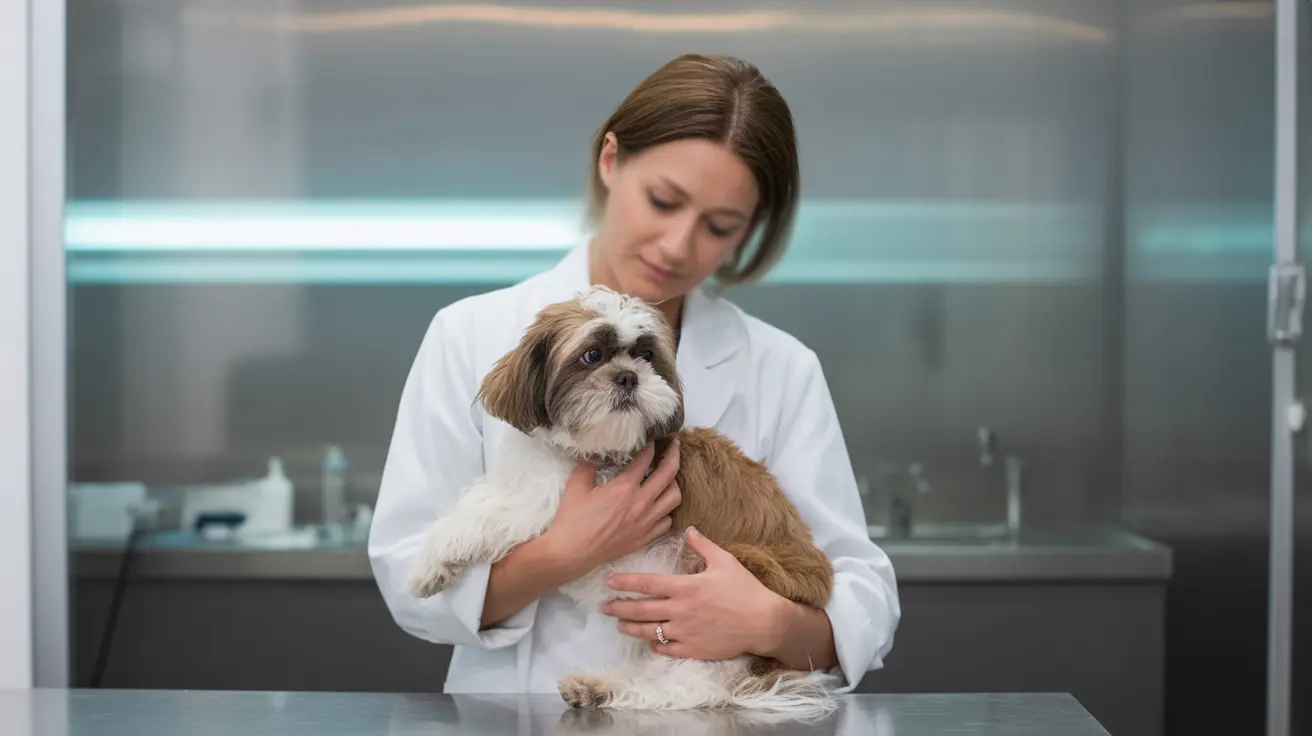Do Dogs Know We Love Them?
As devoted pet parents, many of us find ourselves gazing into our dogs’ eyes, hugging them, or whispering sweet nothings while wondering: do they actually know we love them? While dogs cannot grasp the concept of love in the same complex way humans do, research and behavior studies suggest that they do, in fact, perceive and respond to our affectionate behaviors in meaningful ways.
The Science Behind Canine Emotion Recognition
Dogs have co-evolved alongside humans for thousands of years. This close relationship has led to their unique ability to read and interpret human emotions. Studies have shown that dogs can not only understand facial expressions but also respond to the emotional cues behind them. MRI scans have also revealed that when dogs smell their owner's scent, the reward center of their brain lights up—suggesting a positive emotional connection.
Behavioral Signs That Show Dogs Feel Loved
Even without words, our four-legged friends show their understanding and reciprocation of love in many ways, such as:
- Wagging tail and a happy demeanor around their humans.
- Leaning into you or seeking physical closeness.
- Following you around the house, even when you're doing mundane activities.
- Licking your face or hands as a sign of affection and bonding.
- Excitement upon reunion, including jumping, barking, or bringing you toys.
- Protective behavior when strangers approach.
How Dogs Interpret Our Love
Dogs may not understand emotional metaphors, but they interpret our love through reliable cues such as:
- Our gentle tone of voice, which feels reassuring.
- Physical touch like petting and cuddles that stimulate their nerve endings releasing oxytocin, the 'love hormone.'
- Daily care such as feeding, walking, and grooming.
- The consistency of positive reinforcement and affection.
The Role of Oxytocin in Human-Dog Bonds
When you pet your dog and make loving eye contact, both of your oxytocin levels increase. This hormone is associated with bonding and affection, creating a chemical connection that enhances the bond between you. This mutual oxytocin release supports the idea that your dog not only knows you love them—but they feel it on a physiological level.
Ways to Show Your Dog You Love Them
- Spend quality time—dogs thrive on companionship and attention.
- Use a warm voice—your tone can convey reassurance and affection.
- Play and exercise—engaging your dog physically and mentally strengthens your relationship.
- Routine and care—being consistent in feeding, walking, and medical checkups shows stability and love.
- Respect their space and needs—love also means understanding their comfort zones.
Understanding Your Dog’s Individual Personality
Every dog is different. Some are naturally cuddly and affectionate, while others show love in subtler ways. Understanding your dog’s unique language can help deepen that bond and ensure your expressions of love are reciprocated and appreciated.
Conclusion
While dogs might not comprehend love as humans do, their behavior, emotional responsiveness, and physiological reactions suggest they are very much attuned to our feelings. From joyful reunions to quiet companionship, dogs show they understand our affection in ways that transcend species. So yes, when you cuddle your furry friend and say, “I love you,” there’s a very good chance they truly get it.





